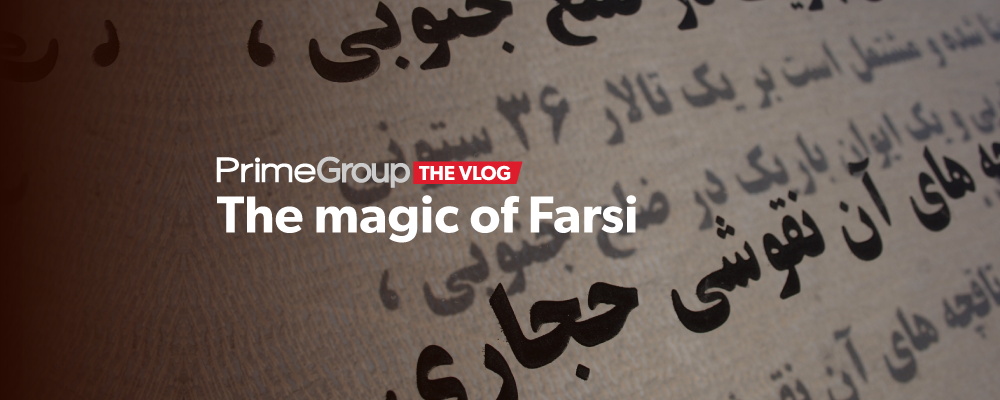We’re diving into the fascinating and complex worlds of cryptography and secret languages. Stick around. I invite you on a journey from ancient codes to sophisticated digital techniques.
Cryptography, far more than an ancient art, has been the cornerstone of information security. From Caesar’s transposition codes, through the Vigenère cipher, to today’s intricate asymmetric encryption algorithms like RSA, cryptography has evolved to meet ever-increasing challenges.
Let’s look at the Transposition Code or Caesar cipher, named after Julius Caesar. The Roman politician and general used it to protect his important military messages. It’s a type of substitution cipher where a letter in the original text is replaced by another letter a fixed number of positions down the alphabet. Although it’s easy to crack nowadays, back in Julius Caesar’s time, few could read.
Later on, in the 16th century, we moved on to the Vigenère Cipher. This dude didn’t actually come up with it himself but announced it to the French king. The real mastermind was Giovanni Batista Belasso. He had the idea to use characters or letters from the Caesar cipher to form a table, known as the Vigenère table, which serves as the key. The Vigenère cipher is polyalphabetic and substitution-based.
During wars, cryptography has played crucial roles. The Enigma cipher, used by the Germans in World War II, and its subsequent cracking by Alan Turing, not only changed the course of the war but also that of modern computing.

Not to forget the Navajo Code, used by the United States, which remained unbreakable due to its complex linguistic and cultural structure. This system was based on the Navajo language and an original English phonetic system, which was practically impossible to learn without being familiar with its creators, and only the Navajo could decode. It was highly successful in encrypted transmissions in the Pacific front.
While cryptography changes the form of the message, steganography hides it in plain sight. Historically, this included hidden messages in artwork or invisible ink. Today, it’s gone digital, hiding data in images or music files.”
Now let’s talk about Invented Languages. Fictional languages, like Tolkien’s Elvish or Star Trek’s Klingon, are more than just entertainment creations. These languages show the diversity and capability of human language, and surprisingly, they’ve found their place in cultures and communities around the world.”
In our digital age, cryptography is crucial for online security. From end-to-end encryption in messaging apps to financial transaction security, cryptography protects our privacy and data integrity against cybercriminals.
Some codes have withstood the test of time and the skills of the best cryptoanalysts. The Voynich Manuscript, written in an unknown language with enigmatic illustrations, and the Beale Ciphers, which supposedly lead to hidden treasure, remain mysteries that challenge both experts and enthusiasts alike.
As we move towards an increasingly connected future, cryptography becomes an essential component of our security. In the 21st century, encryption is used to protect digital data and information systems. With the rise in computing power, encryption technology has become more advanced and secure. Take, for example, end-to-end encryption that WhatsApp guarantees; only the two parties in the chat have access to the messages. Nowadays, the standard for modern encryption keys is up to 2048 bits with the RSA system. Cracking a 2048-bit encryption key is nearly impossible considering the number of possible combinations. However, quantum computing threatens to change this secure nature.
We hope this trip through cryptography and secret languages has shed light on the importance and hidden beauty in the art of coding and language.



